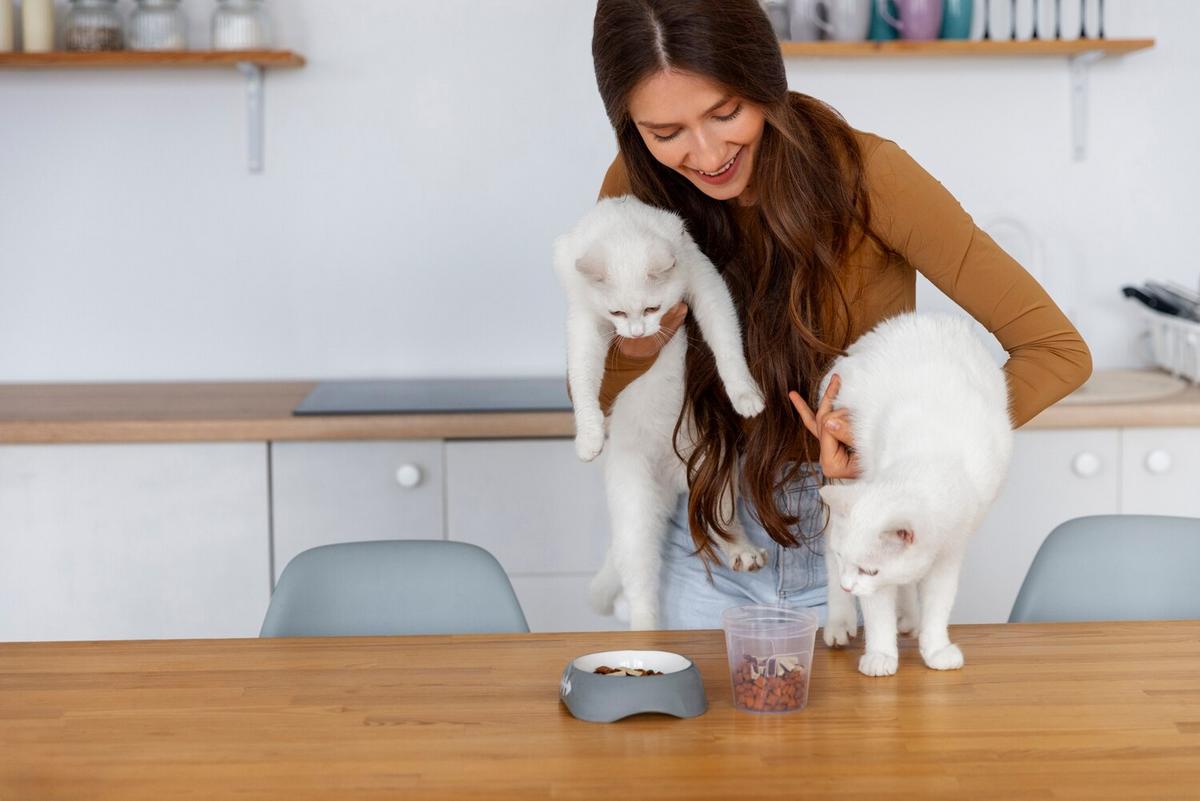Pet obesity is a growing concern among pet owners, as it can lead to a myriad of health issues and significantly reduce the quality of life of our furry friends. Keeping our pets at a healthy weight is crucial for their overall well-being and longevity. This blog post will delve into the causes of pet obesity, provide insights from experts, share relevant statistics, and offer practical tips to help you keep your pets healthy and fit.
Understanding Pet Obesity
Pet obesity is defined as an excessive accumulation of body fat that may impair health. According to the Association for Pet Obesity Prevention (APOP), approximately 60% of cats and 56% of dogs in the United States are overweight or obese. These alarming statistics highlight the importance of addressing this issue head-on.
Causes of Pet Obesity
Several factors contribute to pet obesity, including:
- Overfeeding: Providing more food than necessary, especially high-calorie treats.
- Lack of Exercise: Insufficient physical activity leads to weight gain.
- Breed Predisposition: Certain breeds are more prone to obesity.
- Age: Older pets tend to have slower metabolisms and may gain weight more easily.
- Health Conditions: Conditions like hypothyroidism can contribute to weight gain.
Expert Opinions
“Maintaining a healthy weight for your pet is as crucial as it is for humans. Overweight pets are at risk for serious health issues such as diabetes, arthritis, and heart disease,” explains a veterinarian from the American Veterinary Medical Association (AVMA).
Real-Life Example
Consider the story of Max, a Labrador Retriever who weighed 100 pounds, well above the average for his breed. His owner, Jane, realized that Max’s weight was affecting his mobility and overall happiness. With the guidance of a veterinarian, Jane implemented a balanced diet and regular exercise routine for Max. Over the course of a year, Max lost 20 pounds and regained his playful, energetic demeanor.
Actionable Tips to Avoid Pet Obesity
- Regular Exercise: Engage your pet in daily physical activities such as walks, playtime, and interactive toys.
- Balanced Diet: Provide a nutritionally balanced diet appropriate for your pet’s age, breed, and activity level. Consult your veterinarian for recommendations.
- Portion Control: Measure your pet’s food to avoid overfeeding. Follow the feeding guidelines provided by your veterinarian or the pet food manufacturer.
- Limit Treats: Treats should make up no more than 10% of your pet’s daily caloric intake. Opt for low-calorie treats or healthy alternatives like carrots or apple slices.
- Regular Vet Check-ups: Regular veterinary visits can help monitor your pet’s weight and overall health.
Comparison Table: Healthy Weight vs. Obesity
| Healthy Weight | Obesity |
|---|---|
| Visible waistline | No visible waistline |
| Ribs can be felt with slight pressure | Ribs not easily felt |
| Active and playful | Lethargic and less active |
| Healthy coat and skin | Possible skin issues |
| Normal breathing | Labored breathing |
| Good mobility | Difficulty moving |
| Appropriate body condition score | High body condition score |
| Longer lifespan | Reduced lifespan |
Frequently Asked Questions
How can I tell if my pet is overweight?
A veterinarian can assess your pet’s body condition score and provide guidance. You can also look for signs such as difficulty feeling ribs or a lack of a defined waistline.
How much exercise does my pet need?
Exercise needs vary by breed, age, and health. Generally, dogs need at least 30 minutes to 2 hours of activity daily, while cats benefit from interactive play sessions.
What type of diet is best for my pet?
A balanced diet formulated for your pet’s specific needs is essential. Consult your veterinarian to determine the best diet plan.
Are certain breeds more prone to obesity?
Yes, some breeds like Labrador Retrievers, Beagles, and Dachshunds are more prone to weight gain.
Additional Resources
For more information on pet obesity and how to keep your pet healthy, visit the Association for Pet Obesity Prevention and the American Veterinary Medical Association.
Conclusion
Pet obesity is a serious issue that requires attention and action from pet owners. By understanding the causes, seeking expert advice, and implementing practical strategies, you can help your pet achieve and maintain a healthy weight. Regular exercise, a balanced diet, and portion control are key components of a healthy lifestyle for pets. Remember, a healthy pet is a happy pet!



Leave a Reply